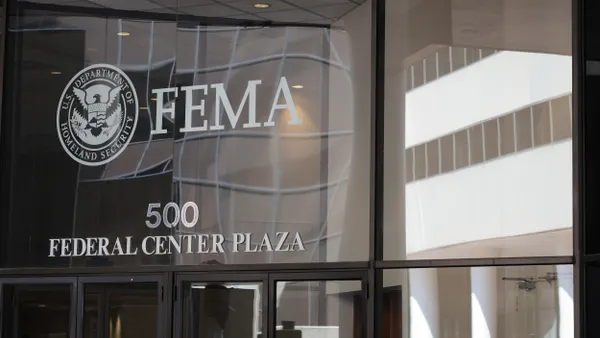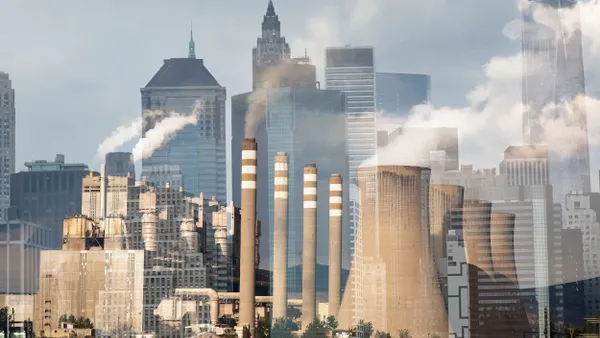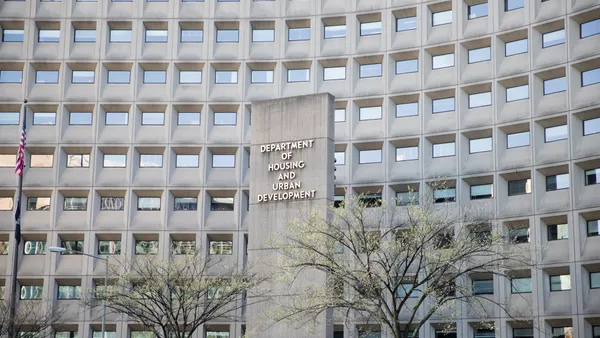Dive Brief:
- A study by the U.S. Department of Agriculture (USDA) Forest Service found the need for urban forests will continue to grow as cities use more land.
- The Forest Service estimates that land in urban environments will more than double between 2010 and 2060, and that green spaces and urban forests also need to expand to keep up to help with air quality, climate change and lower energy use.
- The study found urban land increased from 2.6% (58 million acres) in 2000 to 3% (68 million acres) in 2010, and that between 2010 and 2060 it will increase by 95.5 million acres to 163 million acres (8.6%), an area roughly the size of Montana.
Dive Insight:
As cities build more and subsume more open space — sometimes outside their original borders — they continue to wrestle with the balance between this need to grow and the need to protect the environment. Nashville, TN recently used technology to study the coverage of its tree canopy, while Louisville, KY is exploring the links between human health and urban green space.
In its study, the Forest Service said an increase in tree canopy can help various aspects of city dwellers’ lives, a finding in keeping with similar work last year by the Nature Conservancy. "A healthy and well-managed urban forest can help reduce some of the environmental issues associated with urbanization such as increased air temperatures and energy use, reduced air and water quality, and increased human stress, and ultimately help people living within and around urban areas," lead author David Nowak of the USDA Forest Service’s Forest Inventory and Analysis Program said in a statement.
The Forest Service found urban trees can save cities plenty of money: $18 billion in pollution removal, $5 billion in energy efficiency, $5 billion in carbon sequestration, and almost $3 billion in avoided emissions. But CO.DESIGN noted urban planners have been less than careful about protecting trees and green space, and instead impervious surfaces that do not absorb rainwater have increased a lot.
As the building boom continues, this Forest Service report should serve as a warning to cities to think carefully about how they can use natural space to save residents money and protect against pollution and climate change. "By measuring and monitoring urban forests, society can better understand the value urban forests deliver, and how urban forests and their role in reducing pollution and reducing energy costs changes over time," Tony Ferguson, Director of the USDA Forest Service’s Northern Research Station and the Forest Products Laboratory, said in a statement.










